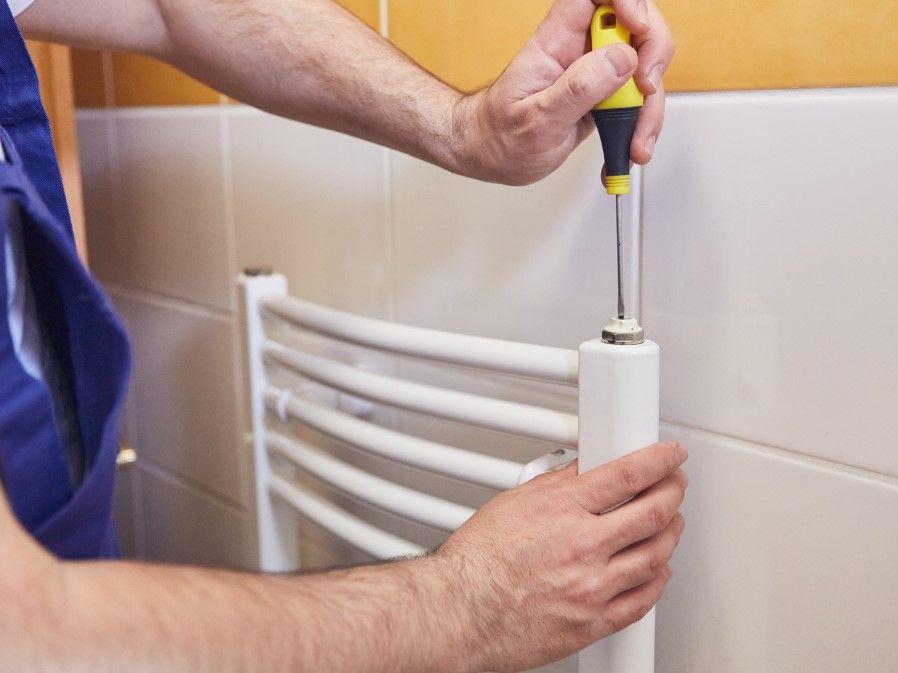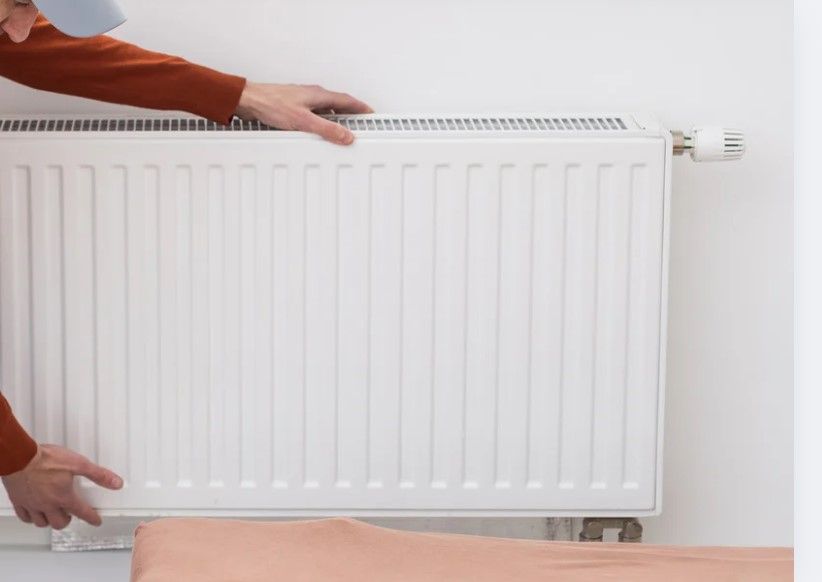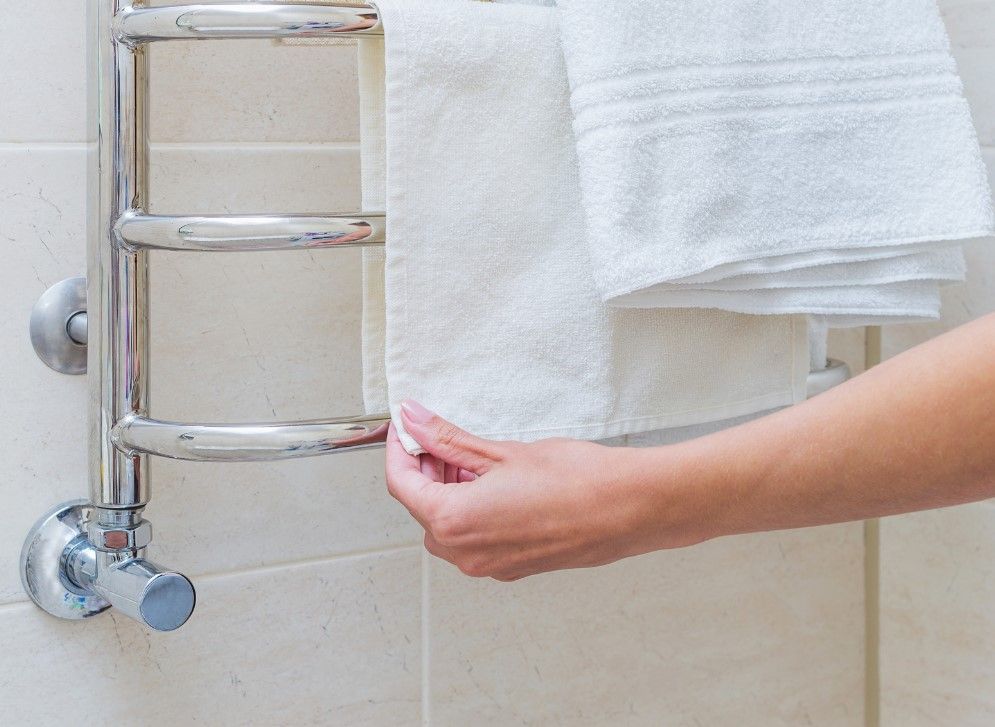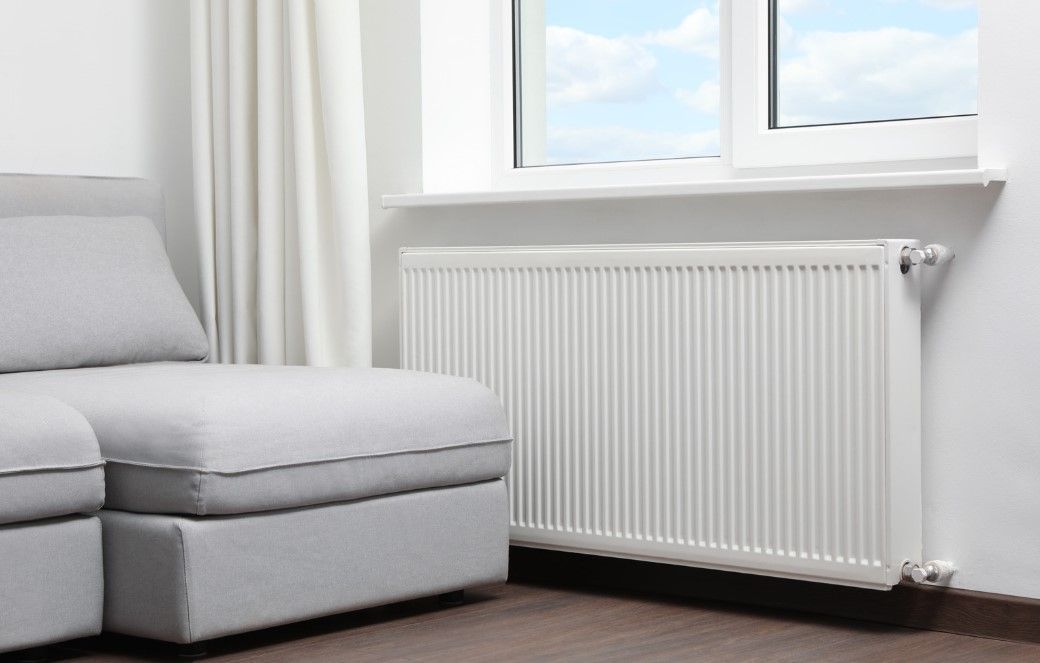CENTRAL HEATING DERBY
NEW CENTRAL HEATING INSTALLED BY GAS SAFE HEATING ENGINEERS ACROSS DERBYSHIRE
GET A QUICK FREE CENTRAL HEATING & RADIATOR INSTALLATION QUOTE
SEND 24/7
Central heating enquiry
We will get back to you as soon as possible.
Please try again later.
NEW CENTRAL HEATING DERBY
Whilst it would be easy to assume that all home in the UK have central heating that it not necessarily the case. Aside from the fact that there are numerous ways to heat up a home or a room there are older homes which may want to move to have central heating in Derby and others which are at the other end of the spectrum and heat their home using newer alternative heat methods such as ground or air source heat pumps.
Modern ultra low energy heat source methods such as air source heat pumps are a good option if you are organising a self build and you can get this system designed into your home from day one, but for older existing properties then a traditional gas fired central heating system will be the most economical option overall - provided your property can easily access the national gas network.
Not having some form of central heating system will potentially put off home buyers when it comes to sell your property. There is a high expectation that this is the norm and the thought of undertaking this as a first project will deter a number of potential buyers due to hassle and disruption. If you are looking to complete the sale of your house in the winter this will definitely put off a buyer unless it is a landlord or other buyer who will not be looking to live in the property upon exchange.
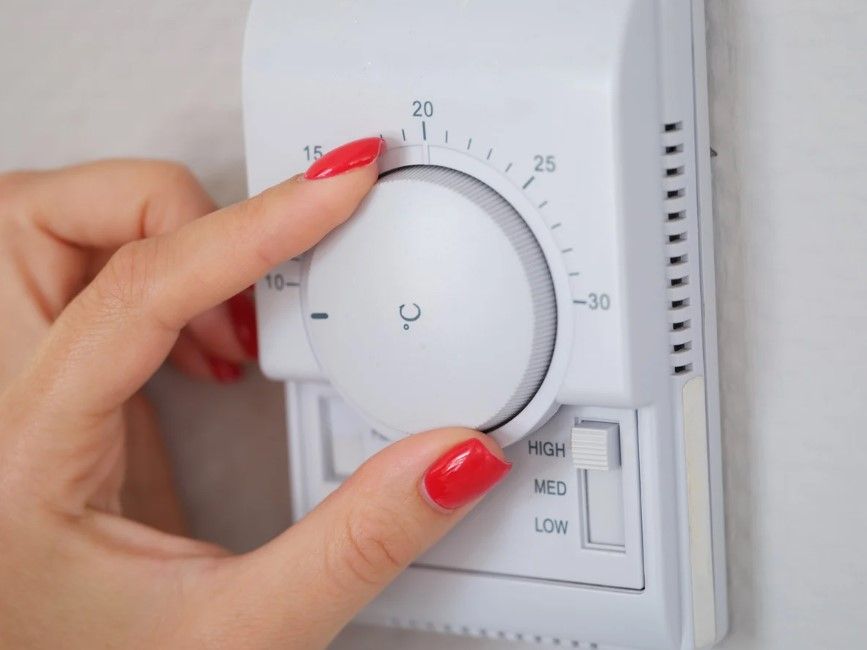
Slide title
Write your caption hereButton
NEW CENTRAL HEATING DERBY
If you live in Derby or further afield in Derbyshire and need to upgrade and install new central heating simply get in touch with us today!
RADIATOR INSTALLATION DERBY
Choosing the right size and type of radiators is essential when it comes to effectively heating a room. There are several factors to consider when making this decision, such as the size of the room, the insulation of the room, the desired heat output, and the style of the radiator. Our central heating engineer can assist if you are unsure on how to approach this.
When considering the size of the room, it is important to calculate the heat output needed to effectively heat the space. This can be done by measuring the dimensions of the room and using an online heat output calculator to determine the appropriate radiator size. It is also important to consider the insulation of the room, as a poorly insulated room will require a larger radiator to compensate for heat loss. If you are looking to install new radiators into a newly build extension modern building regulations will mean that the extension room are likely to be much better insulated than other rooms in you house especially if your property is 25 years or older. If you simply choose a size to match existing similar sized rooms you are likely to be over specifying the radiator required, so unless you are consciously doing this from a visual perspective you will needlessly be paying more for a larger radiator.
The type of radiator chosen will also impact the heating efficiency of the room. There are several different types of radiators to choose from, including panel radiators, column radiators, and towel radiators. Panel radiators are the most common type of radiator and are known for their compact size and efficient heat output. Column radiators are a stylish option that can add a touch of elegance to a room, while towel radiators are ideal for bathrooms as they can also function as a towel warmer.
It is important to consider the style of the radiator when choosing the right option for a room. Radiators come in a variety of styles and finishes, from traditional to contemporary, so it is important to select a radiator that complements the décor of the room. Please don't forget about how important the placement of the radiator in a room is to ensure that it does not cause an obstruction or potentially block something that is already installed next to it which may need removing in the future.
RADIATOR INSTALLATION NEAR ME
If you live in Derby or further afield in Derbyshire we got your area covered. So if you are looking for radiator installation near me, we're ideal!
REPLACING RADIATORS
Replacing an old radiator with a new one is relatively straight forward for our heating engineers. The first step is to turn off the heating system and let the old radiator cool down completely before draining the water from the radiator. By attaching a hose to the valve and draining it into a bucket there should be minimal mess. Once drained, our heating engineer will disconnect the old radiator from the pipes by loosening the valve nuts with a wrench. Some water may still be present but we will have towels and sheets down to catch any excess water that may leak out during this process.
After the old radiator is removed, we re-install the new radiator by attaching it to the pipes in the same manner with new valve nuts and washers to ensure a tight seal. Once everything is connected, we will open the valves to refill the radiator with water and turn the heating system back on to test the new radiator. If all is working properly, to ensure peak performance we will bleed any air out of the system by opening the bleed valve on the radiator until water comes out.
RADIATOR INSTALLATION NEAR ME
If you live in or around Derby and are looking to install new radiators get in touch today to arrange a quote for us update your heating
INSTALLING TOWEL RADIATORS
Towel radiators are a popular choice for bathrooms for several reasons. They provide a dual function of heating the room and drying towels, making them a practical choice for small spaces. Additionally, towel radiators come in a variety of styles and finishes to complement most bathroom finishes, adding a touch of luxury to the space.
Towel radiators are designed slightly differently to traditional radiators. They heat up quickly and are often equipped with thermostatic valves to regulate the temperature, making them a cost-effective option for heating your bathroom and drying your towels. They are easy to clean and maintain, with many new models featuring detachable rails for easy access.
If you have been considering installing a new towel radiator you won't regret making the change, simply get in touch and we can transform the heating in your bathroom in less than a couple of hours.
MOST COMMON HEATING ENGINEER & RADIATOR QUESTIONS:
-
What are the different types of central heating systems available for installation?
There are several types of central heating systems available for installation, each with its own advantages and suitable applications. The most common are oil-fired and gas boilers, which use fuel to heat water that is then circulated through radiators or underfloor systems. Electric systems rely on electric resistance heating or heat pumps, which can be more efficient for specific applications or in certain climates. Additionally, there are also air-based systems, such as forced-air furnaces that use ductwork to distribute warm air throughout the space. For commercial premises the use of renewable energy sources, like biomass boilers and solar thermal systems, which are becoming increasingly popular due to their environmental benefits. Each system has unique installation requirements and operational costs, making careful consideration essential for homeowners when choosing the right central heating solution for their needs.
-
Why choose Derbyshire Plumbing & Heating Specialists to install my central heating system?
Your central heating or radiator will be always be installed by a gas safety registered heating engineer giving you complete peace of mind. We are thorough and professional, and friendly in our approach and can provide additional consultation services to ensure you are not paying over the odds for a new system or specifying radiators which would be suitable for a property twice as big.
-
How much does it typically cost to install central heating in a home?
The cost to install central heating in a home in Derby typically ranges from £2,000 to £5,000, depending on various factors such as the size of the property, the type of heating system chosen, and the complexity of the installation. For instance, a straightforward installation of a gas boiler and radiators may be on the lower end of the scale, while more extensive systems or those requiring additional components like underfloor heating could push costs higher. I
-
How do you decide on what type of central heating system is best for a home?
Deciding on the best central heating system for a home involves several important considerations, such as the size of the space, insulation quality, energy efficiency, and budget. We would assess the square footage and layout of their home to determine the appropriate heating capacity. Next, we would evaluate the insulation and energy efficiency of your home can help identify potential losses, guiding the choice of a system that compensates for these factors.
As budget constraints also play a crucial role, we will also advise on not only the initial installation, but the long-term operating and maintenance costs associated with your heating system to ensure you can make an informed decision that ensures comfort and efficiency.
-
How long will a completely new central heating installation take?
The central heating installation process typically takes between one to four days, depending on various factors such as the size of the property, the complexity of the system being installed, and whether additional modifications to the existing infrastructure are needed e.g. the chosen location of radiators in relation to the new boiler. For smaller homes, a straightforward installation might be completed in a single day or two, while larger properties or those requiring extensive work and more radiators could take up to three or more days to ensure everything is done correctly and safely.
With completely new syststems there will be no need to power flush radiators which will save some time.
NEW CENTRAL HEATING DERBYSHIRE
At Derbyshire Plumbing & Heating Specialists, we are committed to providing superior central heating services in Derby and the surrounding areas of Derbyshire. With our experienced team of gas safe engineers we can provide efficient and cost effective heating and radiator solutions for a property for residential and commercial customers. We aim to exceed your expectations and create a home or business heated efficiently and economically allowing you to control your thermal environment as easily and cost efficiently as possible. Contact us today to schedule a free consultation to assess your central heating requirements.
Derbyshire Plumbing & Heating Specialists provide central heating and radiator replacement in:
Belper, Ilkeston, Heanor, Ashbourne, Ripley, Borrowash, Castle Donington, Melbourne, Alfreton, Sommercotes, South Normanton, Allestree, Quarndon,
Business Hours
- Mon - Sat
- -
- Sunday
- Closed
All Rights Reserved | Derbyshire Plumbing & Heating Specialists part of Derbyshire Specialists Group
Derbyshire Specialists Group Ltd is an Introducer Appointed Representative of Ideal Sales Solutions Ltd, t/a Ideal4Finance. Ideal Sales Solutions Ltd is a credit broker and not a lender (FRN 703401). Finance available subject to status. The rate offered is always provisional and will depend upon your personal circumstances, the loan amount and the term.

